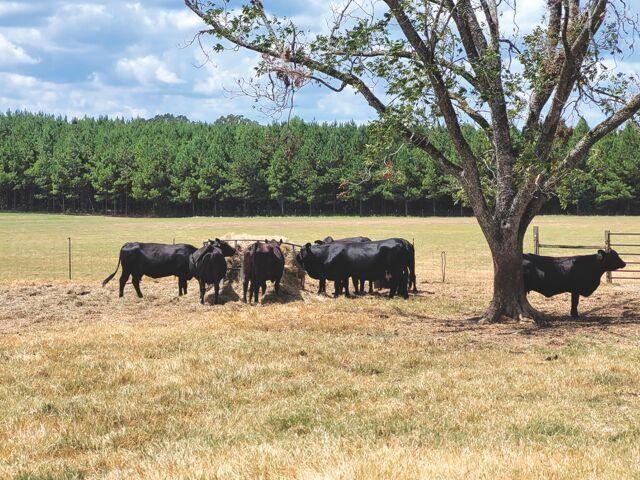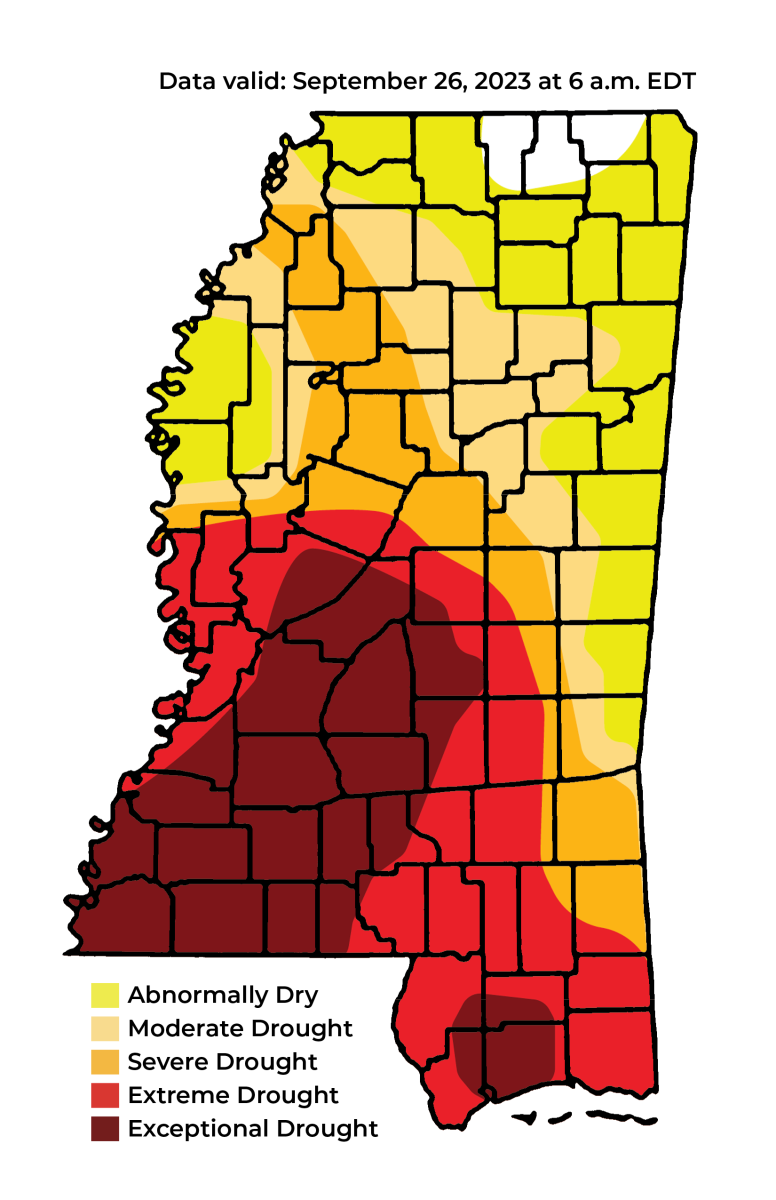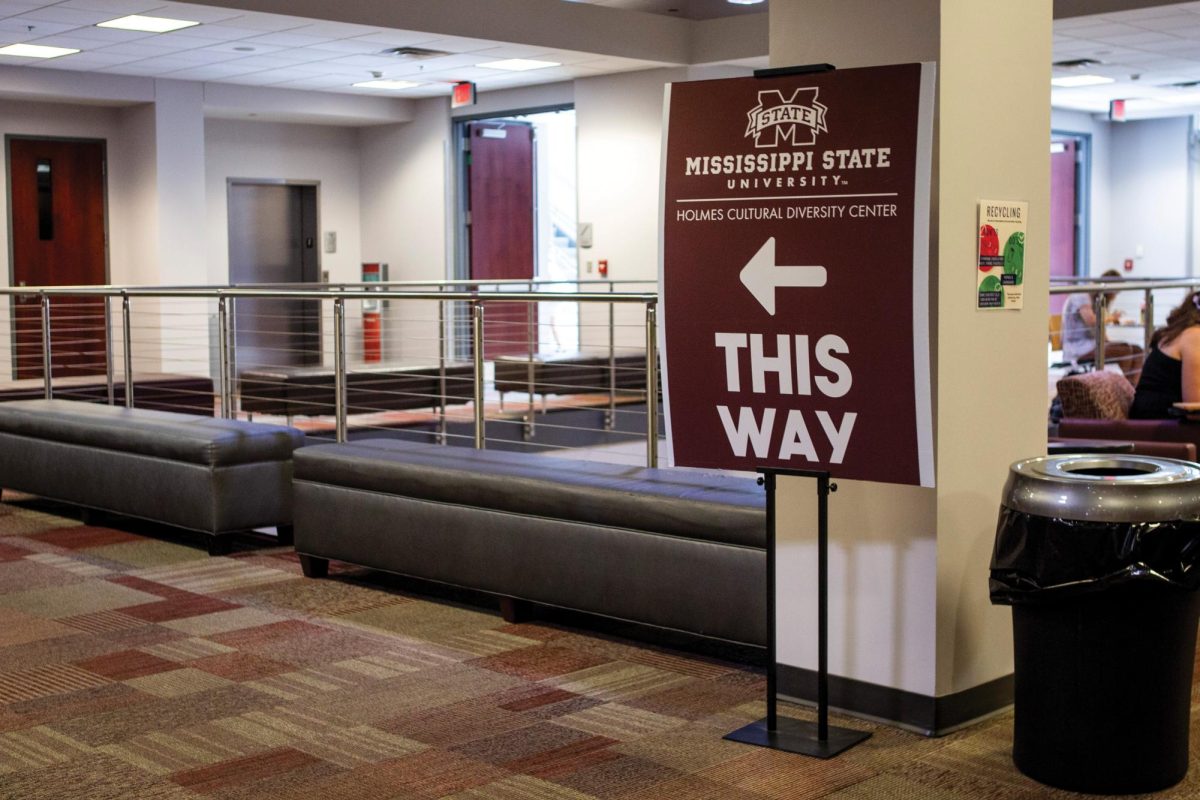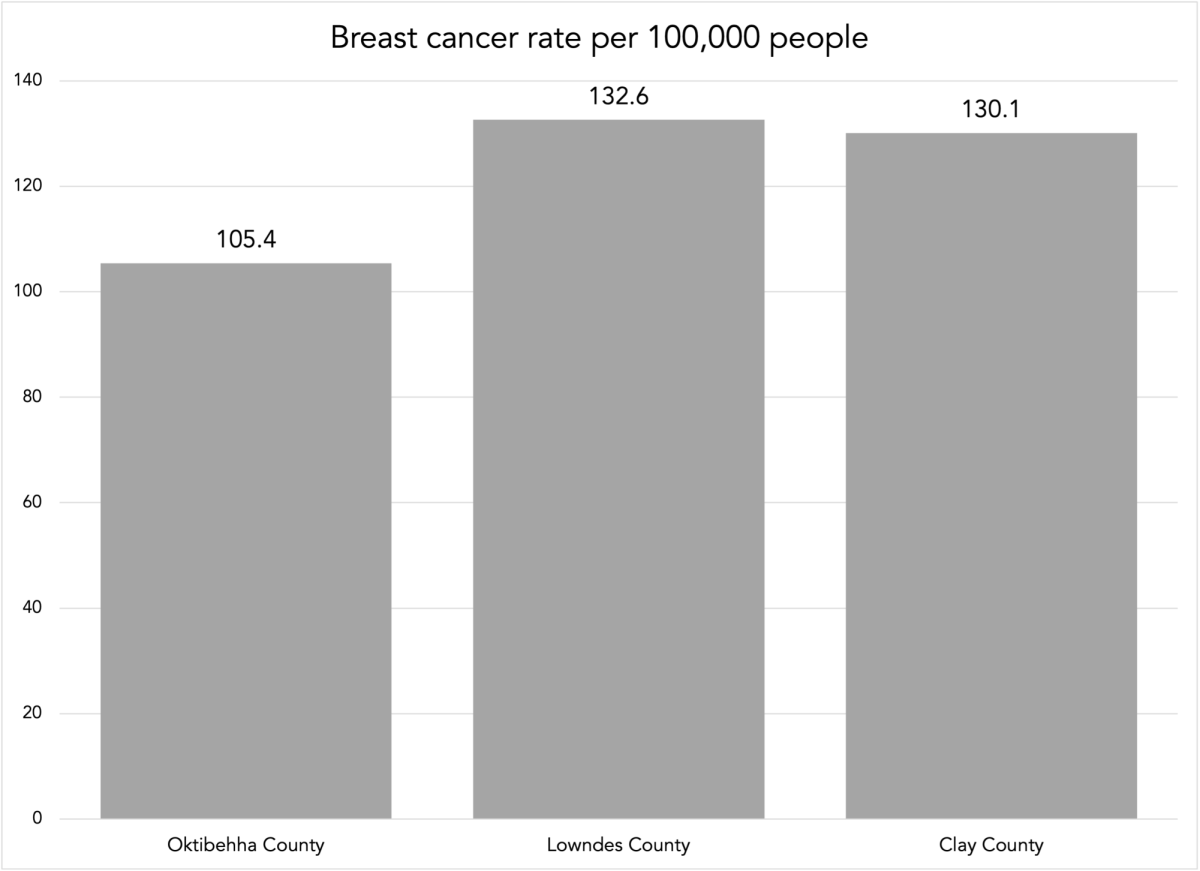A prolonged lack of rainfall is causing historic drought conditions in an increasing number of counties throughout Mississippi.
A recent report by the US Drought Monitor illustrates that after months of below-average rainfall, nearly 80% of the state is in some level of drought, affecting over two-thirds of Mississippi’s population.
Mississippi Commissioner of Agriculture and Commerce Andy Gipson said that the current drought is the worst Mississippi has seen since the late 1980s. The drought is affecting the production of soybeans, cotton and peanuts as well as the state’s pastures, making it difficult for cattle farmers to find hay to feed their livestock.
Mississippi State University climatologist Mike Brown used the term “flash drought” to describe the current meteorological event. Brown said it took roughly five days for the drought to begin under hot temperatures with little rainfall. In the weeks following, the drought pushed northeast, affecting an increased number of Mississippians.
This summer, an immense area of high pressure, or “heat dome,” above the central US produced soaring temperatures and dry conditions that affected millions of Americans. Large portions of the Midwest, parts of the Great Plains and the Southwest are all facing drought conditions brought on by the summer’s heat dome.
In Mississippi, soaring temperatures and high humidity values caused oppressive heat index values in the late summer months. Despite the high humidity, a large part of the state has not seen meaningful rainfall since early last summer.
Brown said that these conditions have only worsened the drought.
“Droughts kind of beget droughts,” Brown said, “because, if there’s no moisture at the earth’s surface, it’s more difficult to get moisture into our atmosphere. It has to come from some other source.”
For Mississippi, the drought began in the southwest. Keith Whitehead, MSU extension agent for Franklin County, said that July was the last time Franklin County received meaningful rainfall. The drought has wiped out the county’s pastures and is killing trees, an important resource for the area. Some smaller farmers are beginning to sell their cattle because of the hay shortage.
MSU extension agent for Oktibbeha County Thad Moody said rainfall in the early spring has made the drought more bearable in Oktibbeha County. Nonetheless, the county’s corn and hay crops have not fared as well as in previous years, and local bodies of water are at slightly lower levels than usual. Some trees in the county have shed their leaves early to conserve energy. Deer are beginning to congregate around watering holes which could cause disease to spread more rapidly among deer populations.
Moody said it will likely take some time for Oktibbeha County to experience more pronounced effects from the drought. Moody said that for now, the county is still “chugging along.”
Climatologist Brown said the lack of rainfall within the state is not the only reason Mississippi is so dry. The continuing drought in the Midwest has decreased the Mississippi River’s flow to historically low levels, affecting locations downstream that rely on the river to replenish local aquifers.
The Mississippi River’s low levels are causing other problems as well. According to the Associated Press, shipping barges are decreasing their load size to navigate the river’s shallow waters.
NBC News reported that in New Orleans, the Mississippi’s low levels are causing a potential drinking water emergency as salt water from the Gulf of Mexico has begun to creep upstream, threatening the city’s water supply.
Commissioner Gipson said that while Mississippi is not seeing drinking water issues like New Orleans, shipping restrictions will likely cause issues in the supply chain. The drought could increase prices for consumers in Mississippi and across the country.
Climatologist Brown said he is optimistic that the state could see relief soon if a low-pressure system makes its way across the South. Mississippi’s proximity to the Gulf of Mexico typically gives the state an abundance of moisture to form showers and thunderstorms. The state needs to see steady rainfall over several weeks to alleviate drought conditions. A single event of heavy rainfall would merely flow off the surface of the ground without saturating the soil.
This winter, the state is expected to be under the influence of an El Niño pattern which typically means cooler temperatures and increased rainfall in the South.
Commissioner Gipson said that Mississippians need to show their appreciation for farmers during this time.
“We have so many farmers across the state, and there in Oktibbeha County, that are committed to producing the food and fiber that we all need to survive,” Gipson said. “And we especially need to thank our farmers now and encourage them to persevere. I know that our farmers are resilient. We will persevere. We will get through this. And the rain will fall again.”
Mississippi faces record drought
US Drought Monitor
Drought 2
0
Donate to The Reflector
Your donation will support the student journalists of Mississippi State University. Your contribution will allow us to purchase equipment and cover our annual website hosting costs.
More to Discover












